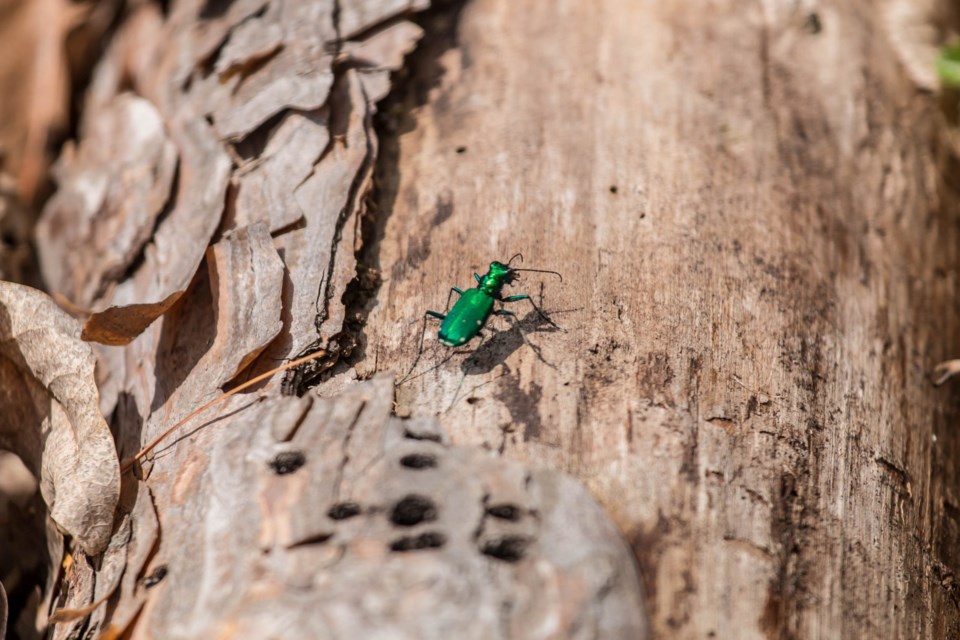North Texas recently became home to the Emerald Ash Borer (EAB), a beetle notorious for wreaking havoc on countless trees throughout North America. The destructive insect arrived in the state several years ago and has now established its presence in the Dallas-Fort Worth area.
According to NBCDFW, positive confirmations of the Emerald Ash Borer were reported in Dallas, Denton and Tarrant counties. In Dallas, the beetle was found near Dowdy Ferry and I-20.
Texas A&M Forest Service said EAB was detected in Texas in April 2016 when four adult EAB beetles were caught and confirmed in Harrison County. Texas A&M Forest Service first began monitoring for the pest in 2012 by placing detection traps each spring. The traps are monitored
throughout the spring and summer months during peak EAB emergence.
Since its initial detection in Harrison County in 2016, EAB was been found in 11 more counties as of August 2022 including Bowie, Cass, Cooke, Dallas, Denton, Marion, Morris, Parker, Rusk, Tarrant, Titus and Wise.
Across 30 states, the Emerald Ash Borer (Agrilus planipennis) wrought havoc by decimating tens of millions of ash trees, according to the U.S. Department of Agriculture (USDA). Originally native to Asia, this destructive pest likely entered the U.S. concealed within wooden packing materials. The initial identification of the Emerald Ash Borer within the U.S. occurred in southeastern Michigan back in 2002.
“There are a variety of treatment options that can serve as a control measure for the EAB, but they are not a cure,” a statement from the USDA said. “Because pesticide regulations differ from state to state, homeowners should contact their state department of agriculture or local extension office for guidance.”
NBCDFW reported that entomologists will continue to watch for any infestations to slow the spread. The beetle is considered a “state-regulated pest” and officials will quarantine and regulate the movement of ash products to prevent the beetle from destroying rural and urban ash trees.




